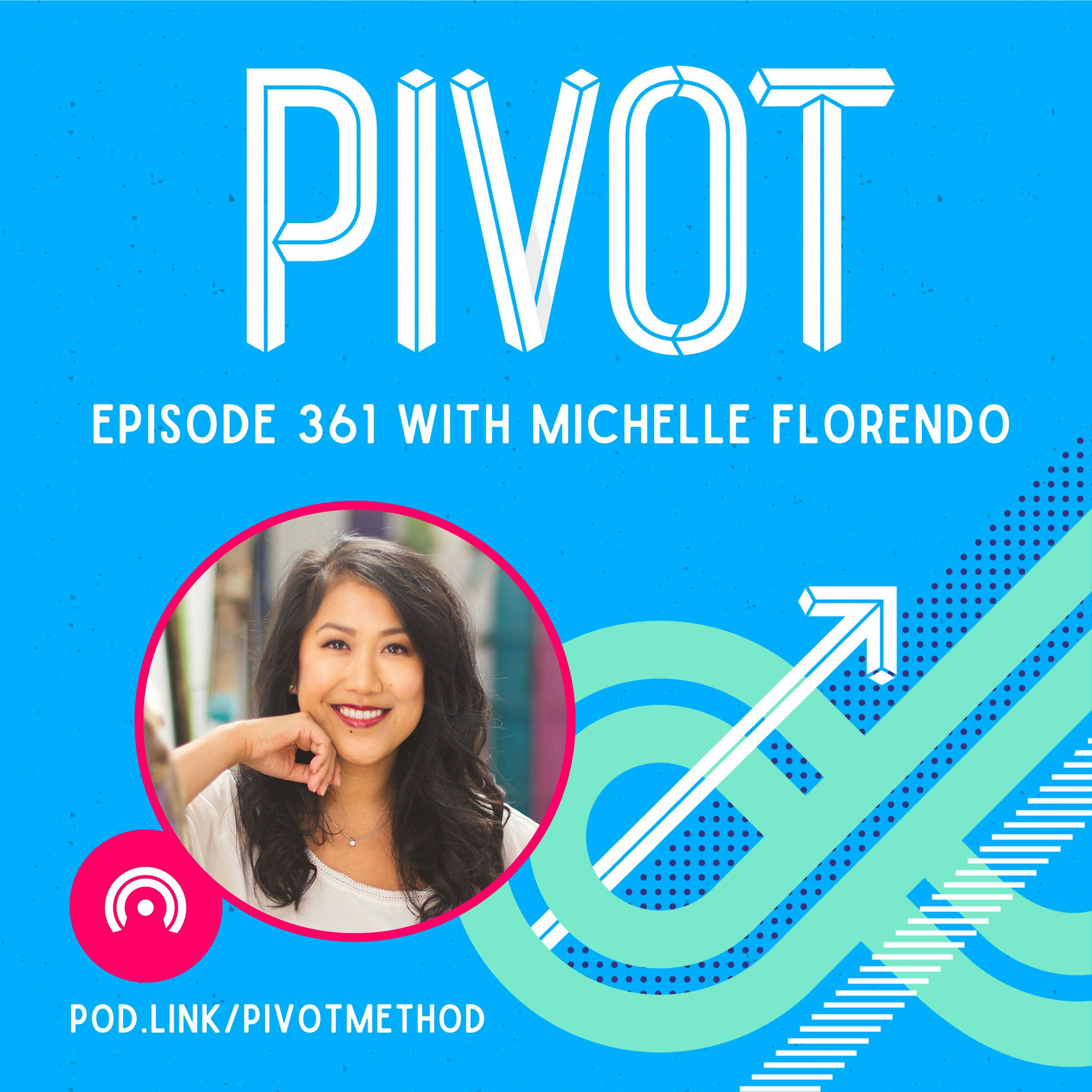Episode Summary
Good decision-making is not about omniscience or clairvoyance—it's more about resilience, according to today’s guest, decision engineer Michelle Florendo. “Decision-making is harder than ever before, and it's not your fault,” Michelle says. “People feel like they ‘should just know’ how to decide.”More About Michelle: Michelle Florendo is a decision engineer and executive coach who is passionate about teaching people how to make decisions with less stress and more clarity, from the small, consistent microdecisions over time that governs how you show up as a leader to the big macrodecisions you make about what direction to take next in business or life. Over the past decade, she has shown hundreds of driven professionals how to use the principles of decision science to grow their impact and fulfillment. She served on the inaugural coaching team for Seth Godin's altMBA, was a founding member of the Forbes Coaches Council, and helps train new coaches as a Faculty Coach at Berkeley Executive Coaching Institute. Michelle helped redesign the decision-making module in Stanford's famous Designing Your Life course and has taught courses on decision making for Stanford Continuing Studies, and hosts the podcast Ask a Decision Engineer.🌟 4 Key Takeaways
Saying no to something “good” — What makes it good? How is it delivering the things you want? It might look good on paper to your peers or family or to society, but does it still work for you?
Every decision has three components: objectives (what is it you care about?), options (what are you choosing among), and information (about how those options might play out).
Intuition is the sum of our internal wisdom: It’s not separate; rather, it’s a quick synthesis of our inputs and rational processes. If you can’t explain a decision, remind yourself that “I just haven’t built the bridge . . . yet.”
✅ Try This Next
Tune into multiple sources of data: head+heart+body. Pro-con lists tend to mostly activate rational thinking. As an alternative, try an attractive-concerning table. Draw a 2x2 with a column for each option. What is attractive about each option? What is concerning? Look for themes that bubble up.🔗 Resources Mentioned
Michelle on the web, IG, Twitter, LinkedIn
Articles: Stanford Decision Engineer Shares 5 Mistakes People Make When Facing Hard Choices, DEAR SUGAR: The Ghost Ship That Didn’t Carry Us
15 Ways To Help Coaching Clients View Themselves Objectively
Video: How to make a decision
People: Stanford Professor Ronald Howard
Stanford’s Life Design Lab
Template: Michelle’s
